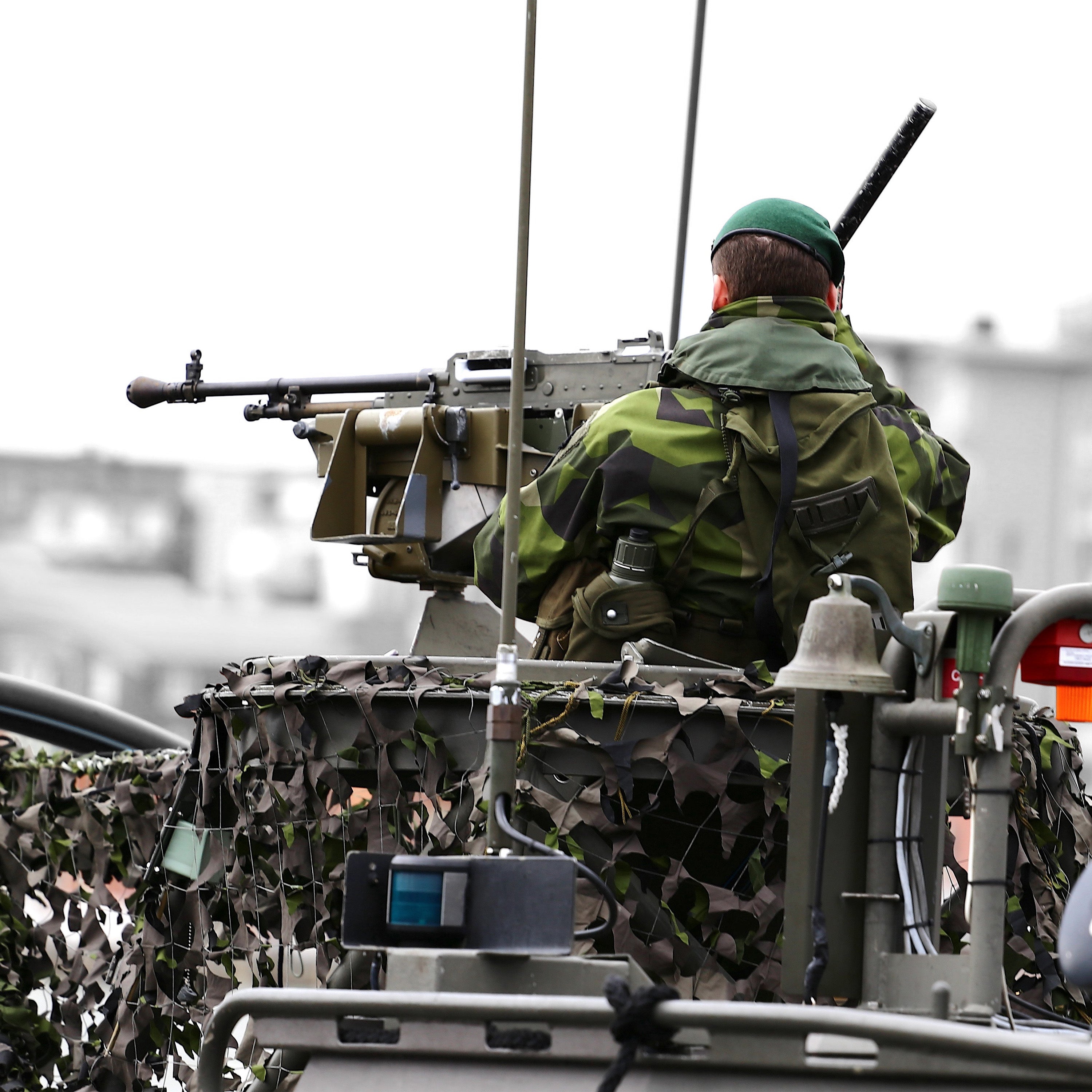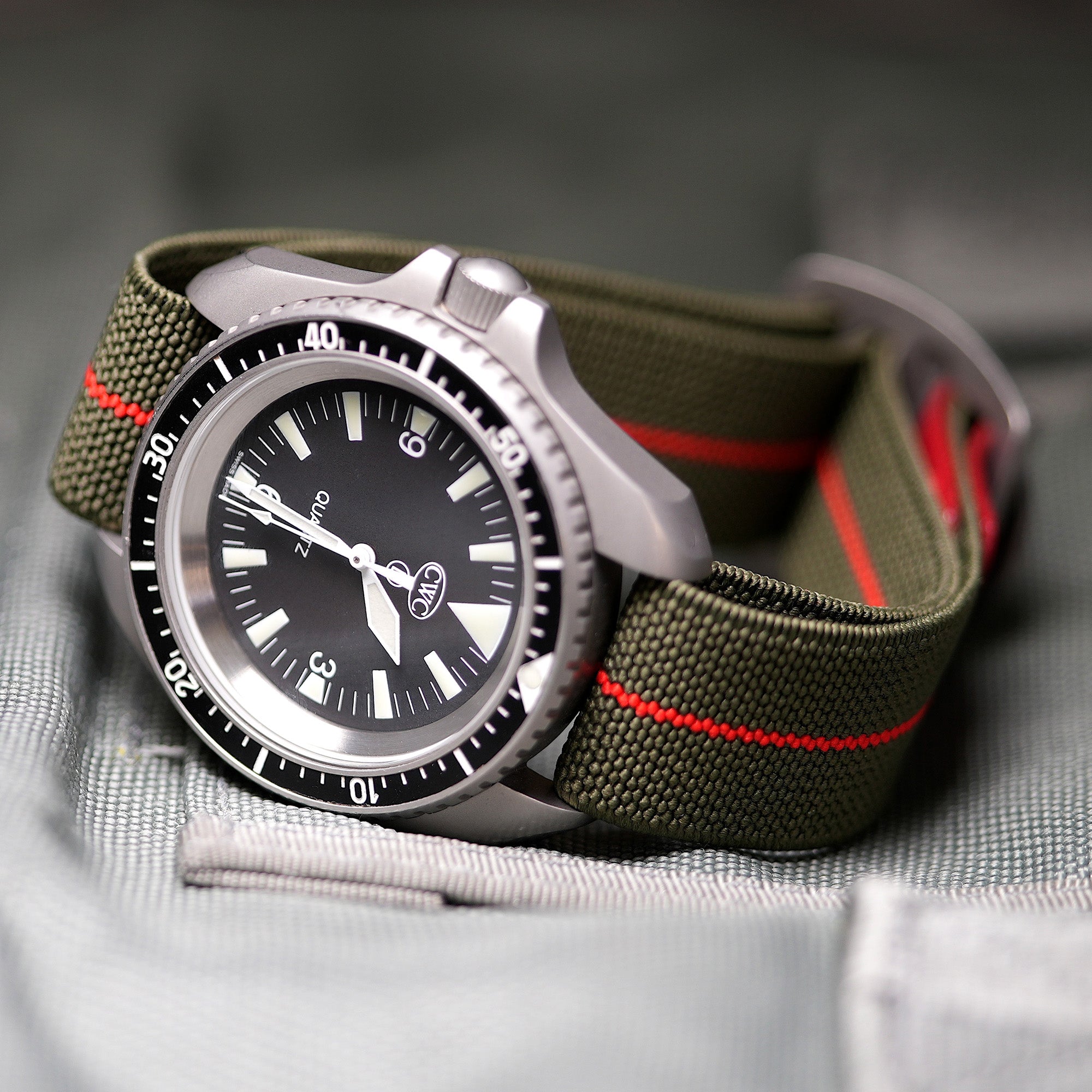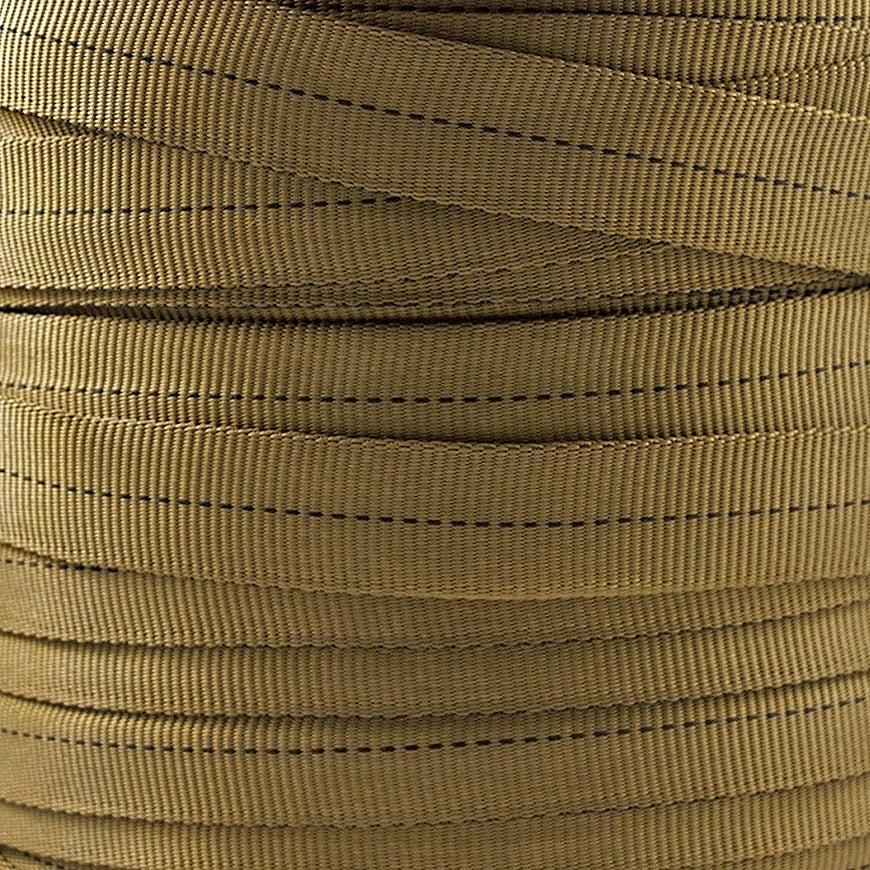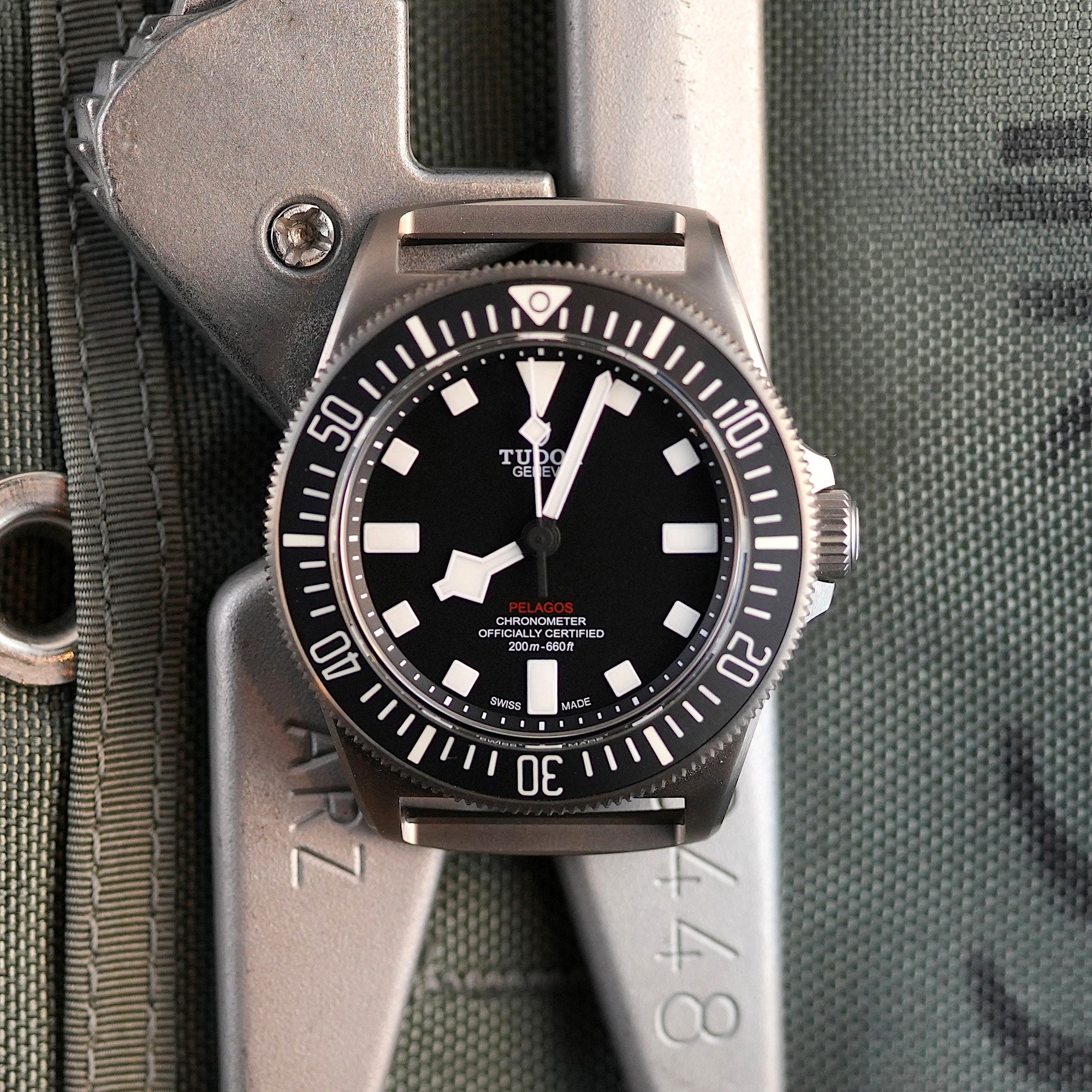Origins and Development
The concept of smokejumpers originated in the early 20th century as wildfire management techniques evolved. The need for rapid response to fires in remote areas led to the development of specialized firefighting units.1. Early Beginnings:
- 1940s Experimentation: The idea of using parachutes to deploy firefighters into remote wildfire areas was initially explored in the 1930s and 1940s. The U.S. Forest Service began experimenting with parachute jumps for firefighting purposes, recognizing the potential for quickly reaching areas that were otherwise inaccessible.
2. Formal Establishment:
- First Smokejumpers: The first formal smokejumper program was established in 1940 with the formation of the Smokejumpers Program in the United States Forest Service (USFS). The initial group of smokejumpers was stationed in the Pacific Northwest, particularly in Idaho and Montana, where wildfires were a significant concern.
- Early Challenges: Early smokejumpers faced numerous challenges, including developing suitable parachute systems and establishing effective firefighting techniques. Despite these challenges, the program quickly proved its value in combating wildfires in remote and rugged terrain.
The Role of Smokejumpers
Wildfire smokejumpers play a critical role in wildfire management and firefighting operations. Their specialized skills and training enable them to respond to fires with speed and efficiency.1. Deployment and Operations:
- Parachute Insertion: Smokejumpers are trained to parachute from aircraft into wildfire areas. This rapid deployment method allows them to reach fires that may be difficult to access by ground or vehicle.
- Firefighting Techniques: Upon landing, smokejumpers use a range of tools and techniques to combat the fire. This includes creating firebreaks, using hand tools to remove vegetation, and applying water or fire retardants to control the blaze.
2. Team Coordination:
- Specialized Training: Smokejumpers undergo rigorous training to develop the skills needed for both parachuting and firefighting. This training includes physical conditioning, survival skills, and advanced firefighting techniques.
- Coordination with Ground Crews: Smokejumpers often work in coordination with ground crews and other firefighting units. Their efforts are integrated into broader wildfire management strategies to ensure a coordinated and effective response.
Impact and Significance
The impact of smokejumpers on wildfire management has been substantial, reflecting their role in enhancing firefighting capabilities and protecting lives and property.1. Effectiveness in Firefighting:
- Rapid Response: The ability to quickly deploy firefighters into remote and difficult-to-reach areas has been a game-changer in wildfire management. Smokejumpers have played a crucial role in containing fires before they can spread and cause extensive damage.
- Successful Interventions: Smokejumpers have successfully intervened in numerous high-profile wildfire incidents, demonstrating their effectiveness and the value of their specialized skills.
2. Challenges and Risks:
- Hazardous Conditions: Smokejumpers operate in challenging and often dangerous conditions, including high temperatures, unpredictable fire behavior, and rugged terrain. Their work involves significant risks, and safety is a constant priority.
- Resource Limitations: The nature of smokejumper operations requires careful planning and resource management. Limited resources and the need for quick decision-making can pose challenges during firefighting operations.
3. Cultural and Historical Significance:
- Heroism and Dedication: Smokejumpers are celebrated for their bravery and dedication. Their willingness to face extreme conditions and their contributions to wildfire management have earned them respect and recognition within the firefighting community and beyond.
- Historical Contributions: The development and success of the smokejumper program have had a lasting impact on wildfire management practices. Their innovations and experiences have influenced firefighting strategies and techniques.
Legacy and Future Directions
The legacy of wildfire smokejumpers is marked by their commitment to innovation and their role in advancing wildfire management. As wildfire challenges continue to evolve, the smokejumper program remains a vital component of firefighting efforts.1. Ongoing Innovation:
- Technological Advancements: Smokejumpers continue to benefit from advancements in technology and equipment. Innovations in parachuting technology, firefighting tools, and communication systems enhance their capabilities and safety.
- Training and Development: Ongoing training and development ensure that smokejumpers remain at the forefront of firefighting techniques and strategies. The program continues to adapt to new challenges and improve its methods.
2. Commitment to Safety and Effectiveness:
- Focus on Safety: Ensuring the safety of smokejumpers remains a top priority. The program continually reviews and updates safety protocols to address the risks associated with wildfire firefighting.
- Impact on Wildfire Management: The continued success of the smokejumper program underscores its importance in managing and combating wildfires. Their expertise and contributions are integral to protecting communities and natural resources.












Share:
Tudor FXD Dive Watch: A Modern Masterpiece in Dive Watch Design
The Fixed Bar CWC RN Diver Watch: A Historical Overview